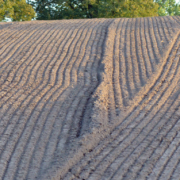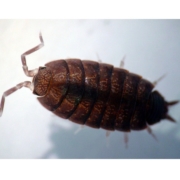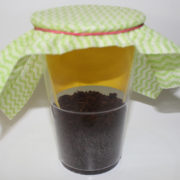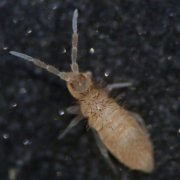New project: Soil biodiversity baseline survey
Soil organisms ensure fertile soils and clean drinking water, build up humus and break down pollutants. However, there is often a lack of information on the actual conditions of soil organisms in Germany. To address this knowledge gap, a long-term research programme on soil biodiversity in Germany and the ecosystem services it provides has been […]

 C. Bandow
C. Bandow S. Jänsch
S. Jänsch K. Duis
K. Duis S. Höss
S. Höss B. Pohl
B. Pohl J. Römbke
J. Römbke D. Leib
D. Leib
 SETAC
SETAC D. Leib
D. Leib